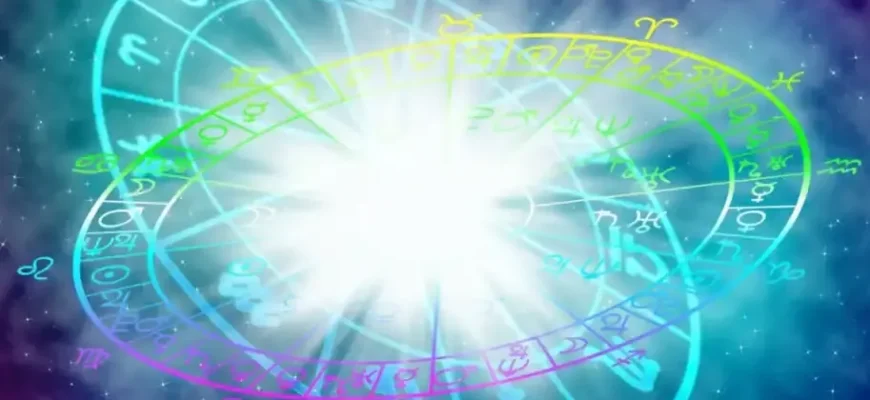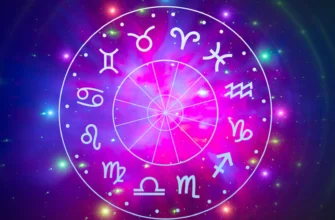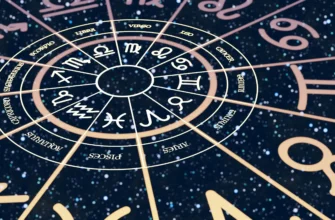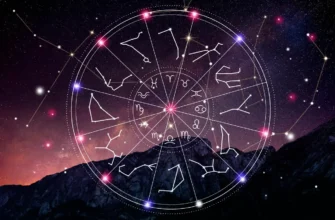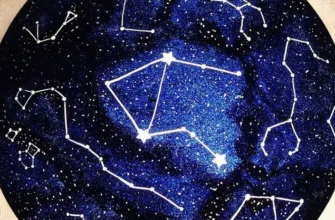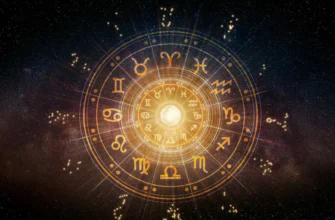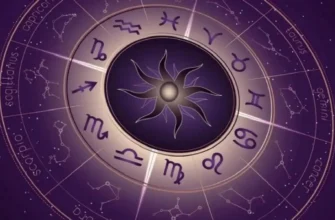A comprehensive study of a natal chart can reveal much about an individual’s relationship dynamics. While traditional astrology often emphasizes Venus, Mars, the Moon, or the seventh house, every aspect of a chart can carry relational significance. For example, a chart featuring multiple aspects indicating a dominant or willful personality suggests that only a particularly adaptable partner could maintain harmony with such an individual. Traits such as ruthlessness, decisiveness, or extreme independence are woven into the chart and directly influence compatibility. Conversely, a chart that signals passivity or an aversion to asserting oneself may require a partner who is patient and understanding, as such individuals often do not conform to traditional relational expectations.
A key concept in chart comparison is the idea of “affinity” versus “incompatibility.” Coined by Kenneth and Joan Negus at an AFA convention in Las Vegas, affinity refers to deeper, often subtle compatibility patterns between charts that go beyond simple aspect analysis. Many chart comparison guides focus narrowly on aspects like “Moon trine Sun” or “Venus square Mars.” While these aspects provide some information, they rarely capture the full picture of relational resonance.
Affinity can emerge even in the presence of seemingly stressful aspects. For instance, a person with Mars conjunct Uranus may possess high energy, independence, and a strong desire for variety. A partner with complementary or harmonizing aspects – such as a Mars-Uranus trine or square – may naturally understand and resonate with this dynamic. This connection can create a strong bond, even if the charts otherwise appear dissimilar. Similarly, emphasis on planets like Uranus, Neptune, or Pluto in both charts – expressed through different aspects – can create a profound mutual understanding.
Consider an example: one individual has Sun conjunct Moon in Scorpio, while their partner has Mars conjunct Pluto on the Ascendant. Both charts exhibit strong Plutonian themes, fostering a deep, instinctive understanding of intensity, transformation, and personal boundaries. Scorpio-Scorpio relationships, for instance, are particularly common and successful, in part because both partners intuitively respect each other’s emotional depth and protective instincts.
Ultimately, a careful analysis of the entire natal chart allows for a nuanced understanding of relational compatibility. Affinity is not always apparent from a quick glance at aspects; it requires examining the interplay of energies, patterns, and shared planetary influences that shape how two individuals relate to each other. Recognizing these subtleties can provide invaluable insight into the potential for enduring connection and mutual growth in a relationship.
Mars, Saturn, and Chart Dynamics: Understanding Compatibility and Incompatibility
Mars conjunct Saturn in a natal chart often indicates a person with underlying frustration that needs expression. If such an individual lives with a partner who is passive or emotionally detached, these outbursts may be misinterpreted or taken personally. Conversely, when both partners share similar tensions – such as Mars square Saturn – they can empathize with each other’s drive and frustrations. For example, an explosive reaction might be met with laughter or shared venting, fostering mutual understanding. Effectively channeling frustration and aggression is crucial in relationships, especially for those with strong Mars, Scorpio, or Saturn influences. These dynamics are often easier to navigate with partners whose energy resonates with their own.
“Incompatibility” emerges when charts exhibit opposing patterns. For instance, a chart dominated by independence, confidence, and initiative may clash with a partner whose chart emphasizes passivity, clinginess, or possessiveness. While initial attraction might occur through opposites, sustained differences often lead to frustration. Similarly, an individual with Mars, Jupiter, and Venus in Leo – dramatic, generous, and expressive – may struggle with a partner who is secretive, reserved, or materially cautious, such as someone with planets in Taurus or Scorpio. Even if some aspects appear harmonious, fundamental personality differences can generate persistent conflict. Recognizing these disparities is essential for constructive growth, especially when a relationship reaches an impasse.
In cases where one person’s chart contains conflicting traits – such as simultaneous introversion and extroversion – relationships become more complex. Individuals with highly intricate charts may benefit from partners with simpler, more grounded natures, as this balance provides relief and stability. It is rare to find a partner with whom every aspect of one’s complex personality can be fully shared. Therefore, understanding one’s own chart, alongside the partner’s, is crucial for navigating challenges and fostering a sustainable, balanced relationship.
Complexity and Compatibility in Relationships
Complex personalities often require equally complex partners to maintain engagement and mutual understanding. Historical examples illustrate this dynamic: some highly egotistical and intellectually intense individuals have been paired with partners of much simpler natures. Such arrangements may initially seem functional, but they can become monotonous over time, as one partner’s complexity is unmatched. Ideally, a person with a multifaceted chart benefits from a partner who can match or complement that depth, ensuring that the relationship remains stimulating and mutually enriching.
Astrological factors further illuminate compatibility. Charts emphasizing air signs, strong placements in the seventh house, or Venus on the Ascendant – particularly with aspects like Venus conjunct the Sun – signal a heightened orientation toward relationships. For these individuals, finding a compatible partner is not optional; it is essential. They cannot remain comfortably isolated or superficially social, as their chart naturally drives them toward meaningful one-on-one connections.
Long-term compatibility is also supported by complementary astrological configurations. For example, couples where one partner’s Moon aligns with the other’s Sun, or where Ascendants oppose one another, often experience a natural balance between individuality and partnership. Such arrangements allow for independence within the relationship, creating space for personal pursuits while maintaining strong emotional bonds. Fire signs, in particular, thrive on this dynamic. They require freedom to express themselves fully, and relationships that respect this need for space are often the most successful. While fire signs may be less naturally inclined toward sustained partnerships, strong Venusian influences can enhance relational focus, promoting harmony without compromising personal expression.
Saturn Aspects and Compatibility in Relationships
Compatibility in relationships can be influenced by aspects involving Saturn, the planet associated with emotional caution, responsibility, and long-term commitment. For instance, if one individual has Moon conjunct Saturn and another has Venus conjunct Saturn in their chart, a similar underlying quality may be present. Both configurations often express a strong sense of loyalty, emotional stability, and a desire for security within relationships.
Such Saturn aspects contribute to compatibility rather than mere affinity. Even if the planetary signs are not traditionally considered harmonious, the interaction of Saturn with personal planets like Moon or Venus can enhance mutual understanding and respect. For example, a person with Venus in Capricorn may find greater relational ease with someone whose Saturn closely aspects their Venus. In this way, Saturn’s stabilizing influence helps foster trust, commitment, and long-term relational harmony, creating a foundation for enduring partnerships.

